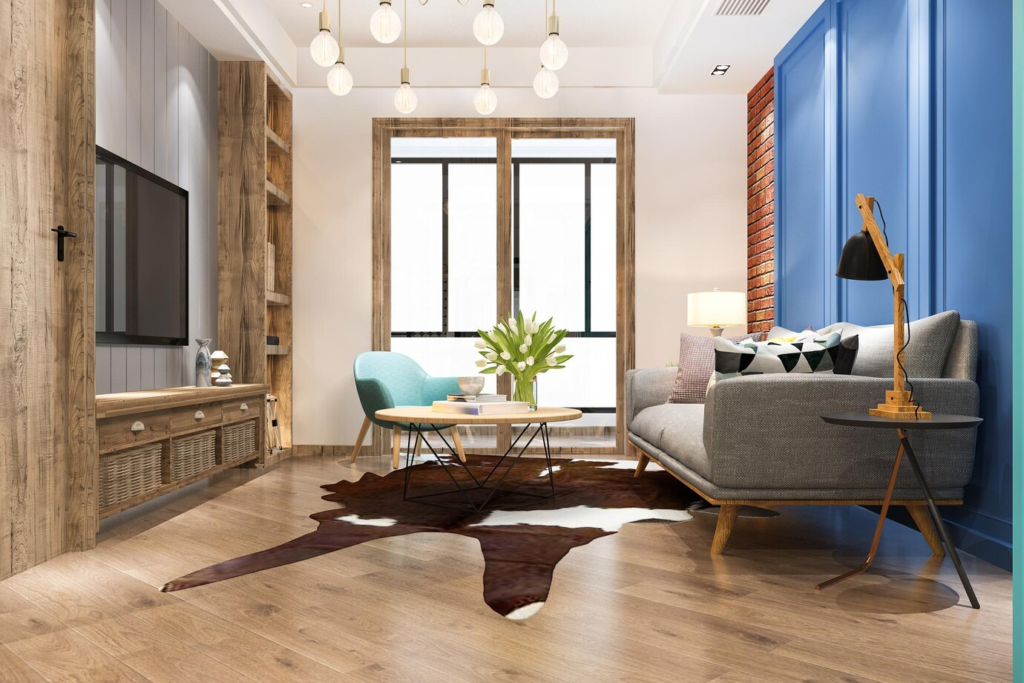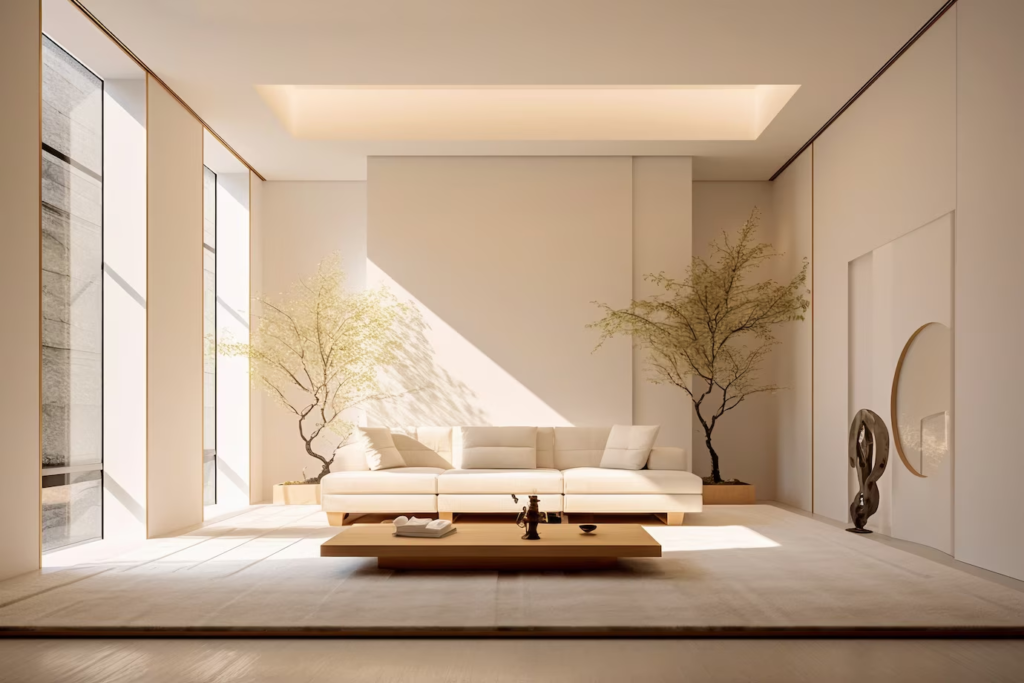What Is Southwestern Style?

Known for its earthy color palette and rustic accents, southwestern design has become incredibly popular in the world of home design and decor. Using influences from Indigenous history, culture and weaving; Spanish settlers’ construction methods; and the rustic charm of the “wild” style of the American Southwest has a much longer and more varied history than you might think.
The History of Southwestern Style
The origins of Southwestern design come from three major influences, including the Navajo, Spanish settlers, and the American West. Indigenous peoples made a variety of items, from textiles to ceramics and woven blankets, while Spanish and American settlers used local materials and utilitarian objects that still have a lasting impact on the way of life of the Southwest.
Native People: Long before settlers arrived in the American Southwest, the area was inhabited by native tribes, especially the Navajo. The Navajo people have a long history of producing beautiful, colorful blankets and fabrics, handmade pottery, wicker baskets, and other personal items such as turquoise jewelry and leather goods. Today you can still see much of the Navajo influence in the Southwestern style. If you choose to decorate your home in Navajo style, choose to purchase directly from Navajo craftsmen and women or those living on the Navajo Nation. This not only directly supports local artisans, but also stimulates the local economy.
Spanish Settlers: Spanish settlers were among the first to arrive in the southwestern United States. Because the climate in the southwest was similar to that of Spain, many settlers used traditional building methods to build their new farms. Using local materials such as baked brick (for walls) and red clay (for tiles), these settlers spread their building style throughout the region. Some key elements of the Spanish Colonial style include thick walls with white stucco, red clay tile roofs, wood beams and accents, and an earthy color palette.
American West: The iconic “Wild West” is also a major influence on modern Southwest home decor. Since many American settlers arrived in hot, harsh terrain with very little money, they had to make do with what they had available. Items that were once considered utilitarian, such as cowhide rugs, rustic designs, wood furniture, and wrought iron accents, have now become staples of Southwestern style.

Southwestern Style Elements
When it comes to decorating your home, you should always take your own personal approach and include furniture, accents, and decor that fit your family’s lifestyle. However, there are a few key elements of the southwestern style if you really want to create a rustic, earthy look:
Simple white wall
As with traditional Spanish architecture, stick to white walls. A simple background will highlight bright textiles, natural accents or wood details in your home. Additionally, white walls can brighten up a dark space.
Earth color palette
Terra cotta, brown, and turquoise are colors you often see in Southwestern jewelry, and for good reason: They mimic desert environments and pay homage to the materials used by local tribes. Land and settlers were available to them. Feel free to highlight the earthier palette with brighter accents such as textiles (rugs, pillows and blankets), flower pots or bronze or bronze mirrors.
Layer structure
Layering layers of different textures can add depth and dimension to your home. Try pairing a colorful woven rug with soft furnishings, cowhide or sheepskin pillows, and a solid wood coffee table or side table.
Southwestern Design Tile
Ceramic and clay tiles are used widely in Southwestern design for both floors and walls. Bricks are popular because they are cool to the touch in hot weather and retain heat in cold weather. Saltillo tile, also known as terra cotta tile, is a popular material in Southwestern design due to its warm colors.
General patterns
Southwestern style includes simple or complex repeating geometric shapes in textiles and tiles. It is common to mix and match layers of pillows, rugs, wall art and upholstery in various geometric patterns such as diamonds and arrows in rustic tones.
Classical works
Classic and rustic decor such as wood, painted furniture and distressed leather are often seen in southwestern interiors. Traditional Southwestern art includes classic Navajo and Pueblo rugs, pottery, and paintings.

Wooden furniture. Once functional, wood furniture and accents can give your home an authentic country feel. It is common to see wood ceiling beams in homes in the southwest, as traditionally adobe homes were not finished, so the beams supported walls and ceilings, as well as tables, chairs, and heavy wood cabinets. Don’t be afraid to use wood trim – it will just add another layer of dimension to your space.

Natural highlight. If longhorn skulls aren’t your thing—though, it must be said, they look amazing on a mantel, bed, or table—spice up your space with these other natural elements. Cacti are easy to care for, and geodes can add color and whimsy to a room.
Forged metal. Ergonomic light fixtures and wrought iron accents are commonly found in homes in the Southwest. Use a variety of finishes, such as antique bronze, bronze or brass, for more color and texture.
Modern southwestern style
Aspects of the Southwestern style have been incorporated into modern design through furniture, accents, or mixing different design styles. Bring a touch of Southwestern style to your space with jute rugs, textiles, baskets and blankets from the Navajo Nation and other local artists and vendors.
When it comes to southwestern decorating style, don’t be afraid to experiment to create a southwestern garden. Incorporate design elements such as native cacti and yuccas accented by clay walls for a unique Southwestern character.